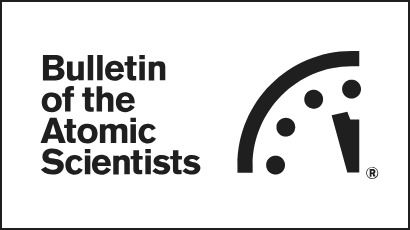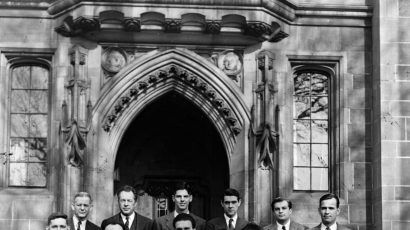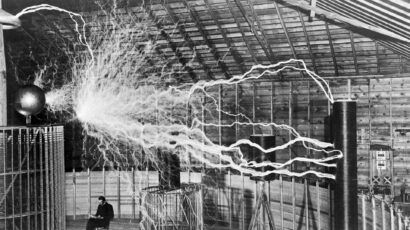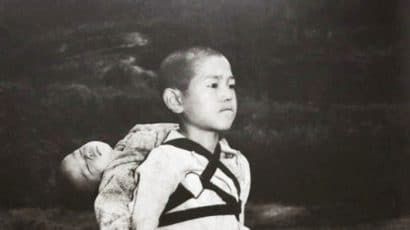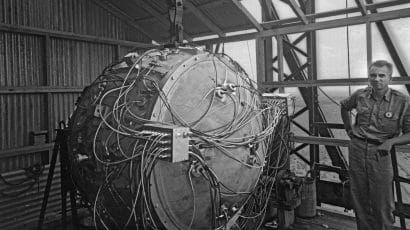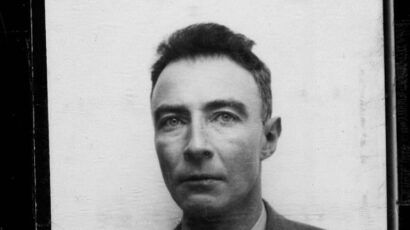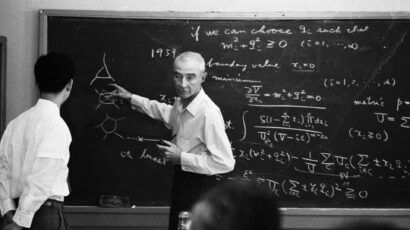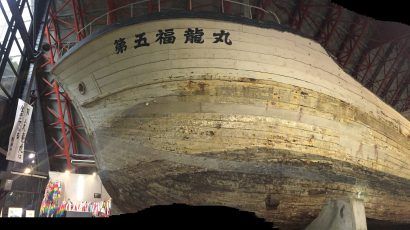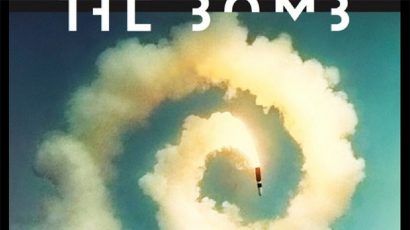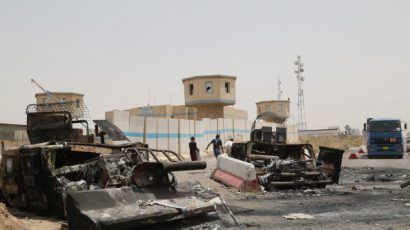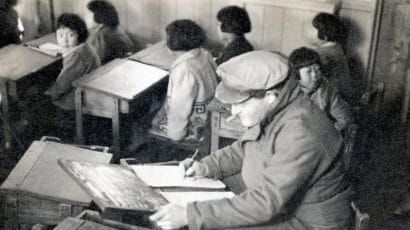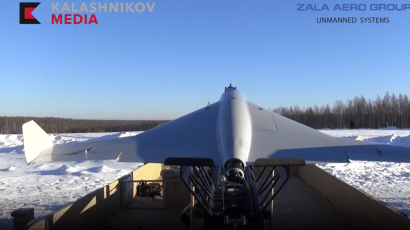Search results for trump
It is tragic that Japan, the most fiercely antinuclear country on the planet, with its Peace Constitution, three non-nuclear principles, and commitment to nuclear disarmament, is being hit with the most dangerous and prolonged nuclear crisis in the past quarter-century -- one whose damage might still exceed that of Chernobyl 25 years ago. But Japan's antinuclearism has always rested upon a Faustian bargain, marked by dependence on the United States, which has been the most unabashedly pro-nuclear country on the planet for the past 66 years.
American scientists as public citizens: 70 years of the Bulletin of the Atomic Scientists
From the Archive: 1945-2019 Subscribers can read every back issue of the Bulletin. Visit the archive Subscribe now! Get the Bulletin’s digital magazine and access to the archive for less than $5 a month This is a free preview of a premium article published in January 2015. Subscribe now to access our full archive. By … Continued
Introduction — Oppenheimer: The man behind the movie
You’ll probably see the film. But what do you know about the man?
Introduction: Why some renewable technologies will perish—and others succeed
The Inflation Reduction Act contains $370 billion to cut carbon emissions. What new, climate change-fighting technologies will come of all this money? And what will determine which of those renewable technologies will succeed and which will fail?
The US government’s comic approach to information warfare
Graphic novels are now a billion dollar industry in the United States. There’s certainly an audience for new visual books, including non-fiction. But is there one for government public service messages?
Memorial Days: the racial underpinnings of the Hiroshima and Nagasaki bombings
This past Memorial Day, a Minneapolis police officer knelt on the throat of an African-American, George Floyd, for 8 minutes and 46 seconds. Seventy-five years ago, an American pilot dropped an atomic bomb on the civilian population of Hiroshima. Worlds apart in time, space, and scale, the two events share three key features. Each was an act of state violence. Each was an act carried out against a defenseless opponent. Each was an act of naked racism.
A foul and awesome display
My personal nightmare was knowing that if the bomb didn't go off or hangfired, I, as head of the test, would have to go to the tower first and seek to find out what had gone wrong.
Paying for the great urbanization of China
To create the livable, sustainable cities needed to serve its burgeoning population and fight climate change, China will have to reform its system of municipal finance.
“He did not speak the ordinary language”: Memories of Oppie, from a Manhattan Project physicist
One of the last surviving eyewitnesses from the effort to build the first atomic bomb gives his impressions of the Manhattan Project’s driving force: J. Robert Oppenheimer.
Oppenheimer’s second coming
Japanese were clearly interested when Oppenheimer visited Japan as an honored guest in 1960. Will they be also interested in eponymous Christopher Nolan film released today in Japan?
No-first use would only embolden China
When President Barak Obama's second term ends in four months, how will he be remembered? As the first African-American president, certainly. But his legacy will also include consequential achievements such as overseeing an economic recovery and expanding access to health care. He'll be remembered for his efforts to slow climate change and, in foreign policy, … Continued
Navy’s new laser weapon: Hype or reality?
Despite some stunning video, things may not be what they seem
Why nuclear realism is unrealistic
And what the world can learn from an act of military disobedience.
How the unlucky Lucky Dragon birthed an era of nuclear fear
A small Tokyo museum sheds light on global attitudes to radiation that began in the 1950s and persist to this day.
Interview with Eric Schlosser: Why we can’t trust the government’s figures about nuclear close calls
The Pentagon’s list of accidents with US nuclear weapons, or "Broken Arrows," includes inaccuracies and is missing key events. Due to the looseness with which a Broken Arrow is defined, there may be hundreds more accidents.
ISIS: The unsurprising surprise that is sweeping Iraq
The success of the Islamic State of Iraq and al-Sham is no shock to those who have monitored the capable, well-financed group as it seeks an Islamic caliphate
From Hollywood to Hiroshima: Retracing my father’s cinematic journey
In this essay, the author retraces her father's journey as a US Army photographer in both Hiroshima and Nagasaki, where he filmed survivors of the atomic bombings. The film was suppressed for decades but has been made public, and the author was able to listen to the survivors reflect on how the bomb, and the filming, changed their lives.
Russia may have used a killer robot in Ukraine. Now what?
If open-source analysts are right, a loitering munition capable of using AI to pick a target--a killer robot--was used in the Russia-Ukraine conflict. Autonomous weapons using artificial intelligence are here. And what’s more, the technology is proliferating fast.
Q&A: How DARPA hacked a science writer’s brain and turned her into a sharpshooter
A science writer tried brain surface electrical stimulation at a DARPA facility and went from a frustrated shooter to an expert sniper.
The CTBT debate begins again
North Korea's nuclear test on May 25 has increased the urgency of the nuclear test ban cause but also raised further questions about the feasibility of achieving a truly universal ban. President Barack Obama has promised to seek "aggressive" and "immediate" ratification of the Comprehensive Test Ban Treaty (CTBT). Signed by Washington in 1996, the CTBT was brought before the Senate for ratification once before in 1999.
